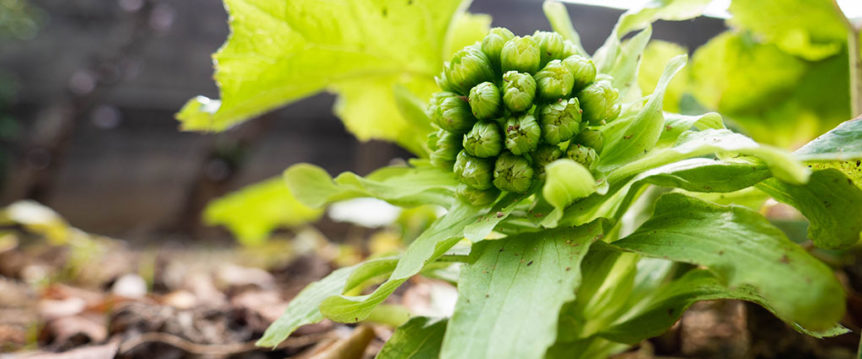› Health benefits
In the past, butterbur was used to treat fever, cough, asthma and skin wounds. In modern times, it has been used for urinary tract symptoms, upset stomach, headaches and other conditions. The American Academy of Neurology and the American Headache Society have both endorsed the use of butterbur extract made from underground parts of the plant to reduce the frequency of migraines. Some studies have shown that extracts from the root or leaves of butterbur can help symptoms of hay fever. Some people may have allergic reactions or negative side effects when using butterbur. These possible side effects include fatigue, drowsiness, headache, belching and diarrhea. The long-term safety of butterbur has not been established.
› How much do I need?
Dosage amount varies depending on age and what it is being used for. Be sure to follow relevant directions on product labels and consult your pharmacist or physician or other healthcare professional before using.
› Dietary supplements
Butterbur is commonly used in supplements as an extract from the root, the rhizome or the leaves. Raw, unprocessed butterbur products could cause harm. Only products free of pyrrolizidine alkaloids (PAs) should be used as supplements. Some studies have reported that butterbur products free of PAs are safe and well-tolerated.


